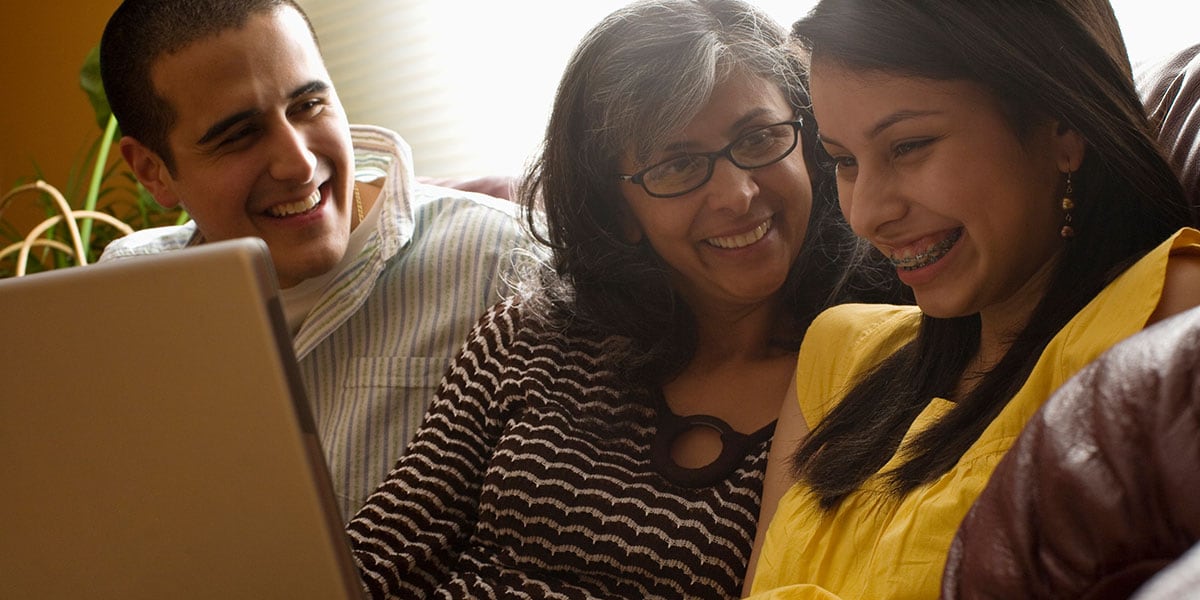You’ve faithfully contributed to your child’s registered education savings plan (RESP). You feel prepared to fund her education, and you've hugged her goodbye as she headed off to her first year of college or university. In the not-too-distant future, you can look forward to her graduation. But what happens if she doesn’t finish school – if she drops out due to low marks or simply decides it’s just not for her?
“Most people who set up RESPs assume that their kids will do some sort of post-secondary education,” says Katelyn Aitcheson, a Sun Life Financial advisor.1 “While they do ask questions about what happens if [their child] doesn’t go to school, they’re more interested in making sure there’s flexibility in the plan.”
With nearly 20% of college and university students choosing to leave school before finishing their diplomas or degrees, according to a Globe and Mail study, many parents are unexpectedly left wondering what to do with the unused money in their RESPs. “The first question is, ‘What happens now? Am I going to be taxed and am I going to lose this money?’” says Aitcheson.
An RESP is a very powerful, tax-sheltered savings tool for your child’s education. Each child’s RESP has a lifetime contribution limit of $50,000, and the Canadian government will match 20% of your annual contributions to it through the Canada Education Savings Grant (CESG), up to $500 per year until the end of the year your child turns 17, to a maximum of $7,200.
There’s also money available through the Canada Learning Bond (CLB). Children from low-income families who were born after 2004 can get up to a lifetime total of $2,000 deposited into their RESP accounts. Some provinces have their own post-secondary savings options, as well. All of that adds up to a significant amount of money that can go towards your child’s education.
While your first instinct when your child drops out of school might be to close the RESP and pay the tax bill, other options can provide more flexibility and save you from a big tax headache.
- Read more about RESP grants and contributions.
Transfer the money to a sibling’s RESP
The money in one of your children’s RESPs, including the government grants, can be transferred to another child’s RESP, as long as you don’t exceed the lifetime Canada Education Savings Grant, Canada Learning Bond or contribution maximums. If the transferred money exceeds any of these maximums, you must repay the excess to the government. The transfer, says Aitcheson, can be a little difficult, depending on whether you have a single or family RESP. The transfer is easier with a family plan (something to consider when you first open an RESP), as the money can be simply redirected to another sibling. With a single plan, it might take a little more time and calculation to figure out the amount of room in the sibling’s plan for grants and parental contributions, and to do the paperwork. An advisor can help you with the calculations and the transfers.
- Acronym alert: Payments from an RESP for your child’s education are called Education Assistance Payments (EAPs); payments from an RESP that aren’t used for school are called Accumulated Investment Payments (AIPs). You may see these terms in communications from your RESP vendor.
Transfer the money to your own RRSP
If your child has no siblings or the sibling’s RESP is maxed out, another option is to roll any leftover money, minus government grants, into your or your spouse’s registered retirement savings plan (RRSP), if you have contribution room. You can transfer the earnings from your contributions, tax-free. You can also roll the money into a registered disability savings plan (RDSP), if you have one, it meets the criteria set by the plan and you have contribution room. Both these options help you avoid the hefty tax penalty.
Donate to a worthy cause
If you don’t need the money in your child’s RESP but would like to help other young people get an education, the government of Canada suggests another option: After giving back any CESG and CLB money, donate the remaining investment income to a college or university. You receive a tax donation receipt, along with the satisfaction of giving.
Give it some time
If your child doesn’t finish school, you don’t have to close her RESP immediately. In fact, it can stay open for 35 years from the date you opened it. That’s more than enough time for your child to change her mind and go back to school.
Education, after all, has no age limits.
1 Katelyn Aitcheson,* MBA, Sun Life Financial advisor
* Mutual funds distributed by Sun Life Financial Investment Services (Canada) Inc. Sun Life Assurance
Company of Canada is a member of the Sun Life Financial group of companies.



